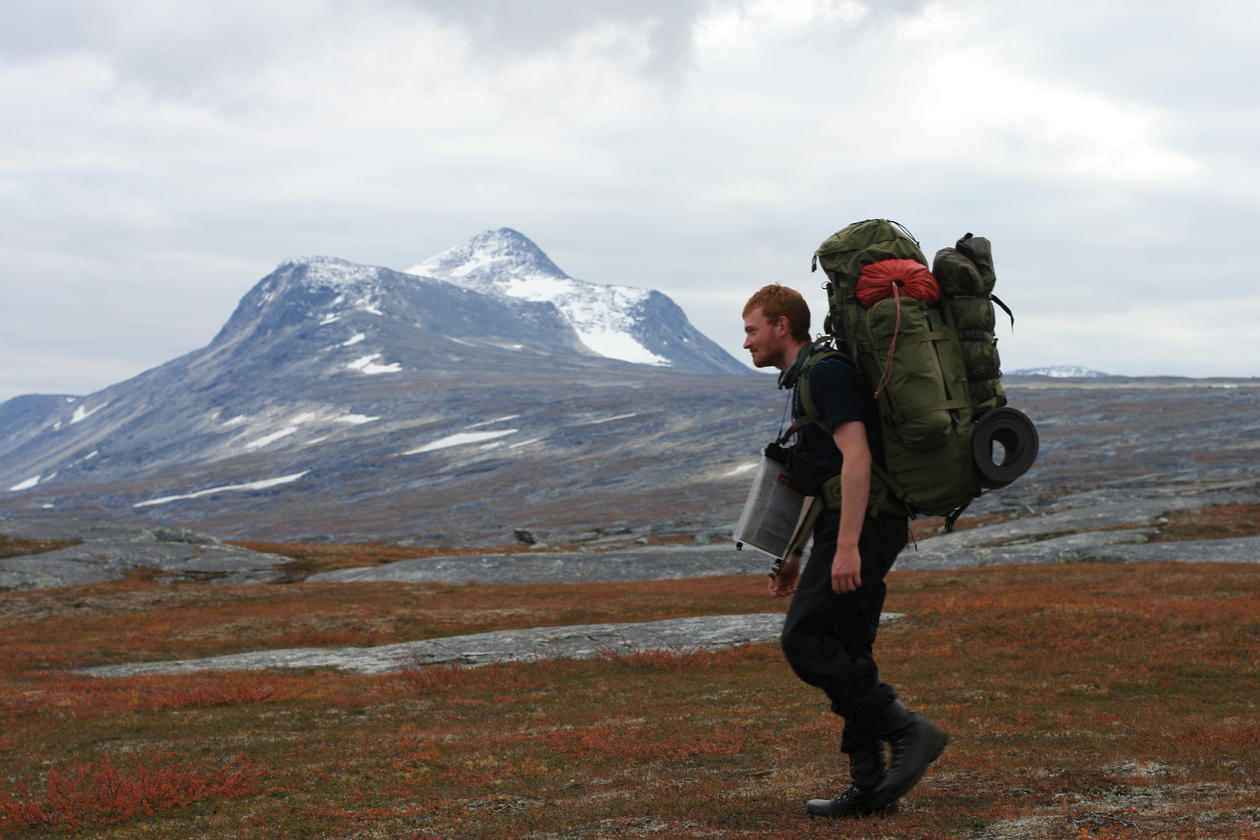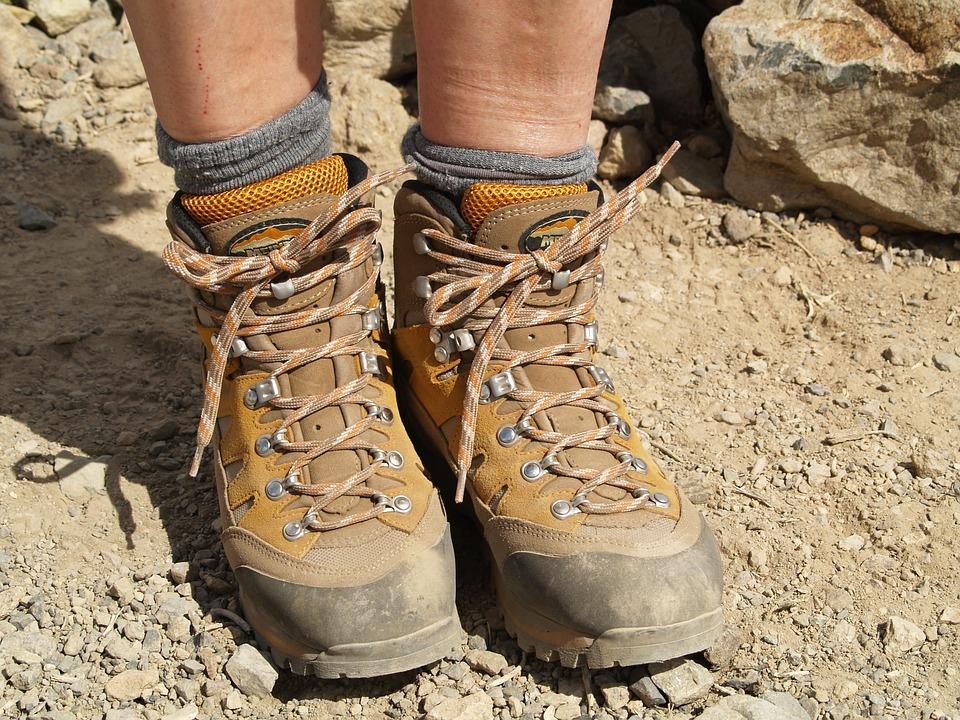ACDC 2018 Practical details
This page will continuously be updated with practical information for the participants.
Hovedinnhold
Accommodation
All of the local expenses (accomodation, food, field work etc) will be covered by the summer school unless otherwise agreed.
We will be staying at the Finse Alpine Research Center during the week, and we'll spend the weekend in the field.
There will be cell phone reception and WiFi at the research station. There will be a possibility to do laundry (but you must bring along your own detergent).
Short term weather forecast from yr.no (longterm forecast)
Webcams from Finse train station, the research station and DNT Finsehytta
Travel
Please note that there are no roads leading to Finse. There are, however, trains departing both from Bergen and Oslo to Finse. From Finse train station there is a 2.1 km walk to the research station. Finse is the highest point at the Bergen railway operating between Bergen and Oslo.
The program will start early in the morning on Monday 17. September, so everyone should arrive on Sunday evening. Recommended departures from Bergen and Oslo are:
Arrival Sunday. 16 September:
Oslo S - Finse: Dep 15:43 - Arr. 19:57
Bergen - Finse: Dep 15:58 - Arr 18:18
Return Friday 28. September:
Finse - Oslo S: Dep. 14:34 - Arr. 19:05
Finse - Bergen: Dep. 16:22 - Arr. 18:55
Please see NSB.no for tickets.
International evening
To celebrate all the nationalities represented at the ACDC Summer School, we ask participants to bring a food item special for their home country. Please remember to declare the food item at customs if required. What food items you can bring to Norway is found on the Norwegian Customs service web page.
What to bring
We want to limit the amount of rubbish we produce, so we will not provide paper or plastic cups and plates in the field. We plan for a two night stay in the field.
- Wind and waterproof clothing (jacket and trousers)
- Warm clothes
- Indoor shoes
- Hat, scarf and mittens
- Travel insurance
- Lunch box
- Water bottle
- Thermos
- Camera (we encourage students and lecturers to share their pictures)
- Backpack (no suitcase!)
- Plate, cup, fork, spoon and knife.
- Proper hiking boots
- Laptop (+ memory stick for student presentations; 8 minute presentation - maximum 8 slides)
- Mosquito repellent
- Sleeping mat
- Sleeping bag (and if you prefer not to sleep in the sleeping bag in the cabin, bed linen or sleeping bag liner)
- Towel
- Tent
- Sun screen
- Sun glasses
- Head torch
Program
The program can be found here
Reading material for the lectures
Radiative forcing:
Imbrie, J. et al. (1992) On the structure and origin of major glaciation cycles. 1. Linear responses to Milankovitch forcing. Paleoceanography, 7: 701-738. (document at the bottom of the page)
Huybers, P. and G. Denton (2008) Antarctic temperature at orbital timescales controlled by local summer duration. Nat. Geosci., 1: 787–792, doi:10.1038/ngeo311
Sea ice:
Rintoul, S.R. (2018) The global influence of localized dynamics in the Southern Ocean. Nature, 558: 209–218 http://www.nature.com/articles/s41586-018-0182-3
Notz, D. and J. Stroeve (2016) Observed Arctic sea ice loss directly follows anthropogenic CO2 emissions. Science, 354: 747-750. http://science.sciencemag.org/content/354/6313/747
Arctic Ocean:
Ding et al. (2017) Influence of high-latitude atmospheric circulation changes on summertime Arctic sea ice. Nature Climate Change, 7: 289–295, https://doi.org/10.1038/nclimate3241.
Årthun et al (2017) Skillful prediction of northern climate provided by the ocean. Nature Communications, 8: 15875, https://doi.org/10.1038/ncomms15875
Lind et al. (2018) Arctic warming hotspot in the northern Barents Sea linked to declining sea ice import. Nature Climate Change, https://doi.org/10.1038/s41558-018-0205-y.
Sea level change:
G. Milne and I. Shennan (2007) SEA LEVEL STUDIES: Isostasy. Encyclopedia of Quaternary Science. pp 3043-3051. https://doi.org/10.1016/B0-44-452747-8/00142-3
Mitrovica, J. X., M. E. Tamisiea, J. L. Davis, and G. A. Milne (2001) Recent Mass Balance of Polar Ice Sheets Inferred From Patterns of Global Sea-Level Change. Nature, 6823, 1026–1029. doi:10.1038/35059054.
M. Tamisiea, C. Hughes, S.D.P. Williams, R.M. Bingley (2014) Sea level: measuring the bounding surfaces of the ocean. Phil. Trans. Phil. Trans. R. Soc. A, 372: 20130336. http://dx.doi.org/10.1098/rsta.2013.0336
Clark et al., (2016). Consequences of twenty-first-century policy for multi-millennial climate and sea-level change. Nature Climate Change 6, 360- 369. DOI: 10.1038/NCLIMATE2923
R. DeConto and D. Pollard, (2016). Contribution of Antarctica to past and future sea-level rise. Nature, 531, 591-597. https://doi.org/10.1038/nature17145.
Gomez, N., D. Pollard, and D. Holland (2015) Sea-level feedback lowers projections of future Antarctic ice-sheet mass loss. Nature Communications, 6, 8798, doi:10.1038/ncomms9798.
Deep water formation:
Ferreira, D., Cessi, P., Coxall, H. K., de Boer, A., Dijkstra, H. A., Drijfhout, S. S., Eldevik, T., Harnik, N., McManus, J. F., Marshall, D. P., Nilsson, J., Roquet, F., Schneider, T., Wills, R. C. (2018). Atlantic-Pacific asymmetry in deep water formation. Annual Review of Earth and Planetary Sciences, 46: 327-352. https://doi.org/10.1146/annurev-earth-082517-010045
Rae, J. W. B., M. Sarnthein, G. L. Foster, A. Ridgwell, P. M. Grootes, and T. Elliott (2014) Deep water formation in the North Pacific and deglacial CO2 rise, Paleoceanography, 29, 645–667, doi:10.1002/2013PA002570.
Gebbie, G., and P. Huybers, (2018) The Little Ice Age and 20th Century deep Pacific cooling, submitted. https://spideroak.com/share/JIWUOZLCMJUWK/Papers/data/gebbie/docs/web/Papers/Gebbie-CoolPac-2018.pdf
Tropical assymetry in paleoclimate:
Vecchi, G. A, and B. J. Soden (2007). Global warming and the weakening of tropical circulation. Journal of Climate, 20: 4316-4340, doi:10.1175/JCLI4258.1
DiNezio, P. N and J. E. Tierney (2013). The effect of sea level on glacial Indo-Pacific climate. Nature Geoscience, 6: 485–491 doi:10.1038/NGEO1823

